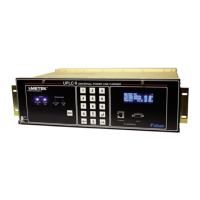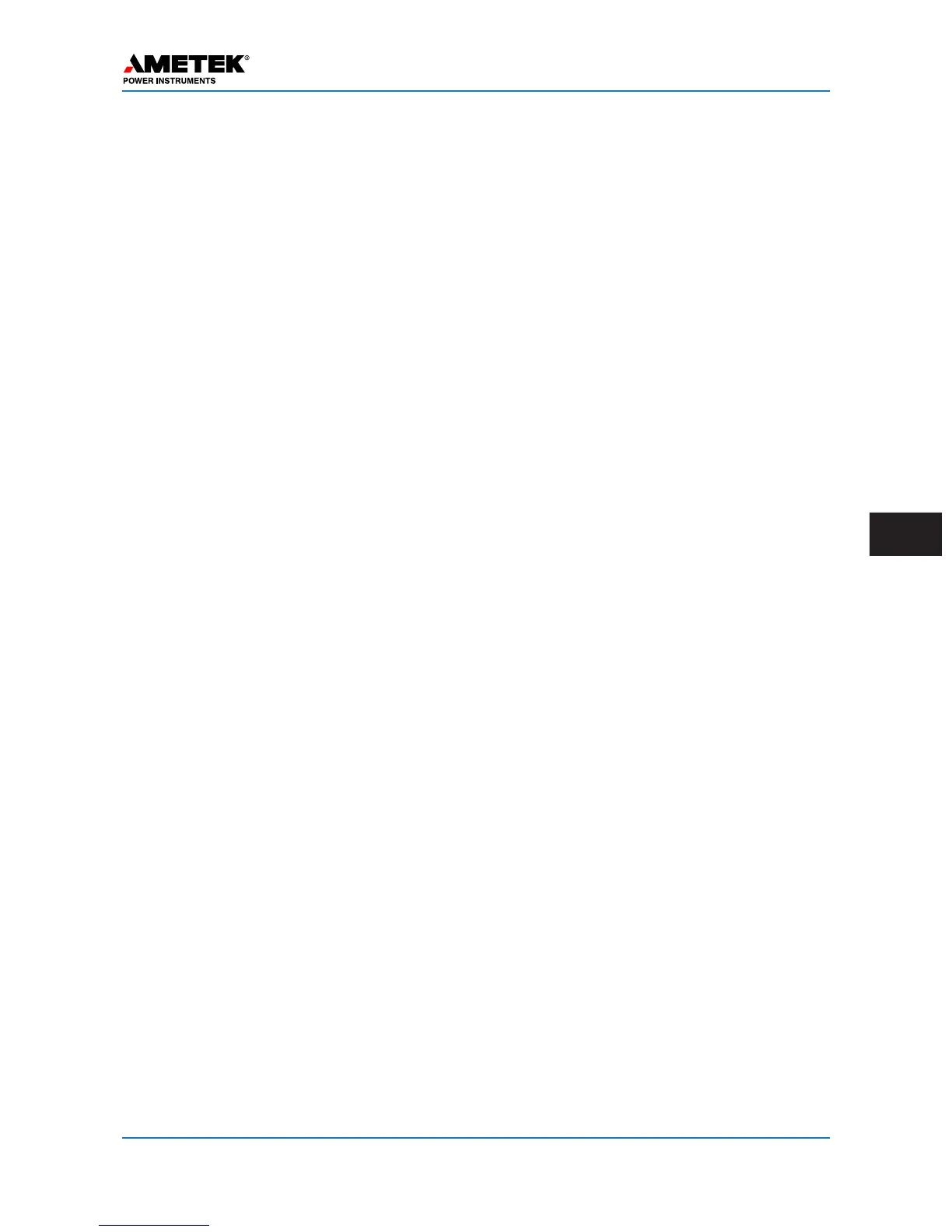Appendix D: User Management Interface (UMI)
D
January 2016 Page D–1
Introduction
The Universal Power Line Carrier device is net-
work enabled allowing access to the settings and
measured values via standard network interfaces
and protocols. The UPLC-II contains a web server
and allows a user to administer, configure, and view
the near real-time status of the system while in
operation. An authenticated user can use a standard
browser to view and change the configuration of the
system.
In addition to the web server interface, the UPLC
can support either IEC61850 or DNP protocols for
automated operation in the substation.
Prior to the UPLC-II management interface the
only way to perform administrative changes was
through the web server interface. Because of the
new requirements requiring system operators to
periodically change user passwords, it can be a time
consuming task to access all the UPLC-IIs in the
sub-stations as it currently requires a user to log in
via a browser, make the changes and apply them on
a unit by unit basis.
This interface provides a more automated method
to make management changes to the UPLC-II that
is:
1. Not HTML based
2. Provide services that are not necessarily sup-
ported by DNP or IEC61850
3. Management oriented – similar to
Administrative functionality
4. Uses the standard TCP/IP port 80 and HTTP
for transport control.
A key feature of this management interface is that it
is automation friendly. This means it does not use
graphics and the response data is in clear text for
easier parsing by an automated user agent. In addi-
tion, responses from the UPLC are delivered in
XML format, allowing for easier parsing by the
requesting agent.
The following services are supported:
1. Retrieve the user list on the UPLC-II.
2. Verify that a user/password combination is a
valid user on the system.
3. Create a user account on the system.
4. Change the password of an already existing
user.
5. Delete a user from the user list on the sys-
tem.
6. Retrieve the UPLC-II settings in XML for-
mat.
In order to allow a user agent to perform these serv-
ices, it is necessary to create a “management” user.
This user type is the only type of user that can
access the management interface. It is necessary for
a user agent to be authenticated on the UPLC-II
before the interface will respond.
Creating a Management User (Fig. D–1)
Creating a management user is similar to creating
any other user on the UPLC-II. A user becomes a
management user through the use of permission set-
tings presented on the Admin >Add User web page.
Note: Only Administrators or Super Users can cre-
ate new user accounts on this page.
Once created, a management user is displayed in
the normal user list, but with a “Management” role.
A management user differs from any other user role
(e.g. permissions) on the UPLC-II in the following
ways:
1. Only management users can access the man-
agement services.
2. A management user is not restricted from
accessing the UPLC-II if another user is
logged in.
3. A management user cannot access the web
pages.
4. There can only be one management user in a
given UPLC-II.
Appendix D: User Management Interface (UMI)

